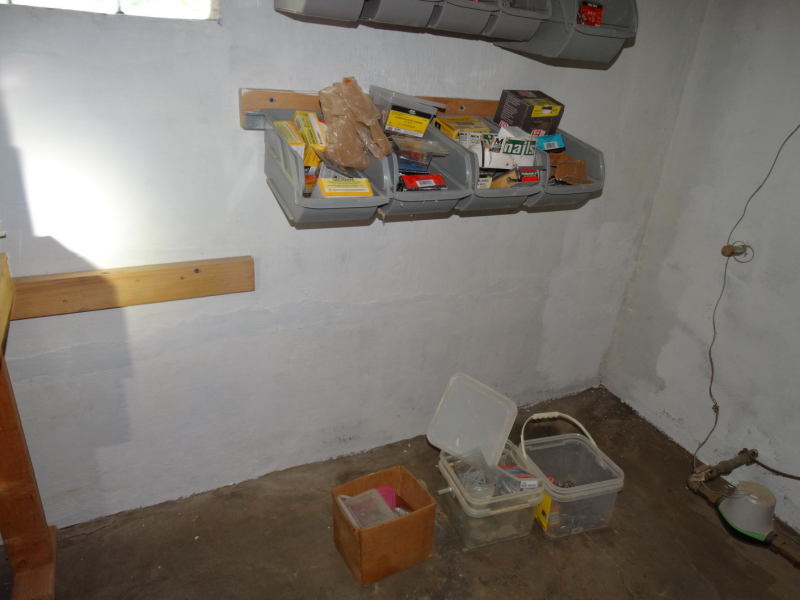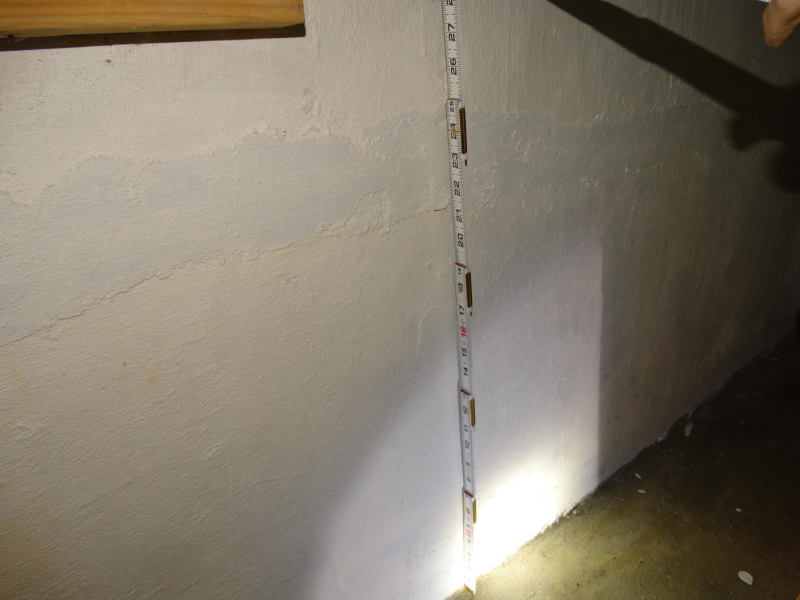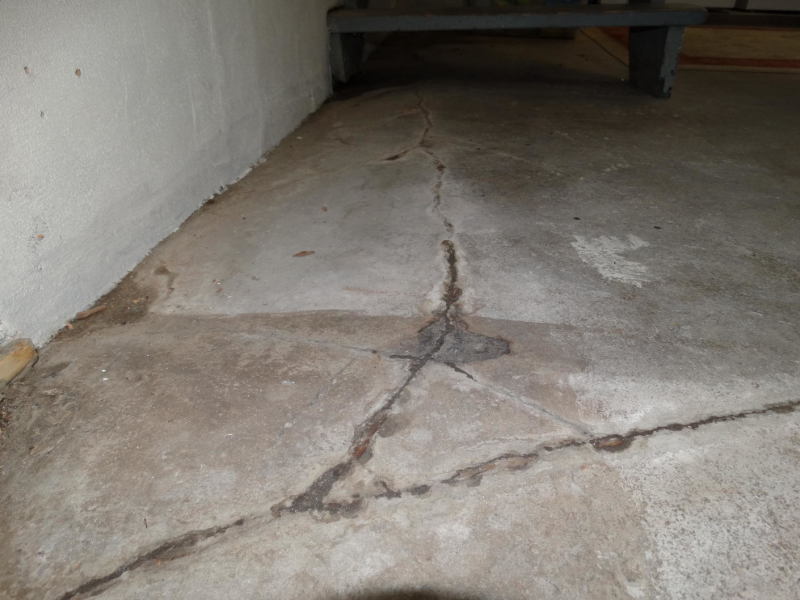mfstructural
Structural
- Feb 1, 2009
- 226
I inspected a foundation wall the other day to assess the condition of the existing foundation walls. We were also asked to assess the condition of the wall going forward. It was a full basement, walls approximately 7' in height.
The homeowner stated that most of the cracks in the concrete foundations were there before he bought the house 27 years ago and they had also been repaired before he bought it. The only cracks that he repaired have been in the last year and were horizontally orientated cracks along the foundation wall about 24" above the basement slab.
The remainder of the repaired cracks were there 27 years ago. this is telling me that there was initial settlement. espeically since the house is 100 years old. this was visible because the basement slab was cracked throughout with the slab sloping down around the perimeter. this is a sign of uniform settlement over the years, particularly in the years following completion of construction.
The horizontal cracks 24" up and the bowing of the wall (about 2" inward) tell me there is distress in the wall as a result of hydrostatic loading. the reinforcement is unknown. these basements were never meant to be finished.
It's difficult to talk about the wall going forward. it seems pretty stable right now but has to be monitored and if the cracks open up, reinforcing of the concrete foundation walls in the form of vertical steel sections at about 4' would probably be required to prevent further inward bowing. this would be a permanent fix and should reduce any further foundation problems.
No movement in the floor framing, sill plates was observed. no separations or cracking at baseboards or drywall in upper level. the slab was cracked but old, dirty repairs were visible.
I think it's ok for right now and there is no life safety issues, but the horizontal cracks in particular have to be monitored. if they open up again and bowing continues, the vertical WF reinforcing members will be required at some point. the rate at which the wall will be in unknown as many factors like water levels, and precipitation rate play a part. no drain tile was installed around the house as it's 100 years old.
I've attached some pictures to see what is exactly going on. Thanks




The homeowner stated that most of the cracks in the concrete foundations were there before he bought the house 27 years ago and they had also been repaired before he bought it. The only cracks that he repaired have been in the last year and were horizontally orientated cracks along the foundation wall about 24" above the basement slab.
The remainder of the repaired cracks were there 27 years ago. this is telling me that there was initial settlement. espeically since the house is 100 years old. this was visible because the basement slab was cracked throughout with the slab sloping down around the perimeter. this is a sign of uniform settlement over the years, particularly in the years following completion of construction.
The horizontal cracks 24" up and the bowing of the wall (about 2" inward) tell me there is distress in the wall as a result of hydrostatic loading. the reinforcement is unknown. these basements were never meant to be finished.
It's difficult to talk about the wall going forward. it seems pretty stable right now but has to be monitored and if the cracks open up, reinforcing of the concrete foundation walls in the form of vertical steel sections at about 4' would probably be required to prevent further inward bowing. this would be a permanent fix and should reduce any further foundation problems.
No movement in the floor framing, sill plates was observed. no separations or cracking at baseboards or drywall in upper level. the slab was cracked but old, dirty repairs were visible.
I think it's ok for right now and there is no life safety issues, but the horizontal cracks in particular have to be monitored. if they open up again and bowing continues, the vertical WF reinforcing members will be required at some point. the rate at which the wall will be in unknown as many factors like water levels, and precipitation rate play a part. no drain tile was installed around the house as it's 100 years old.
I've attached some pictures to see what is exactly going on. Thanks




